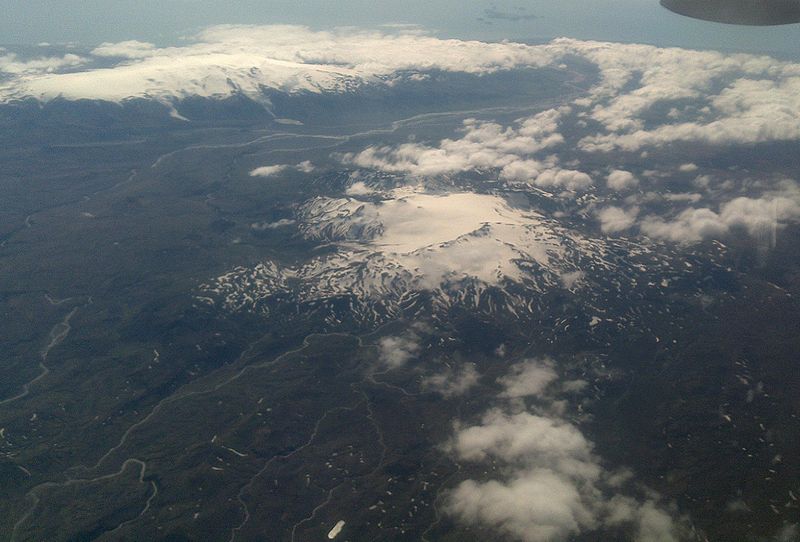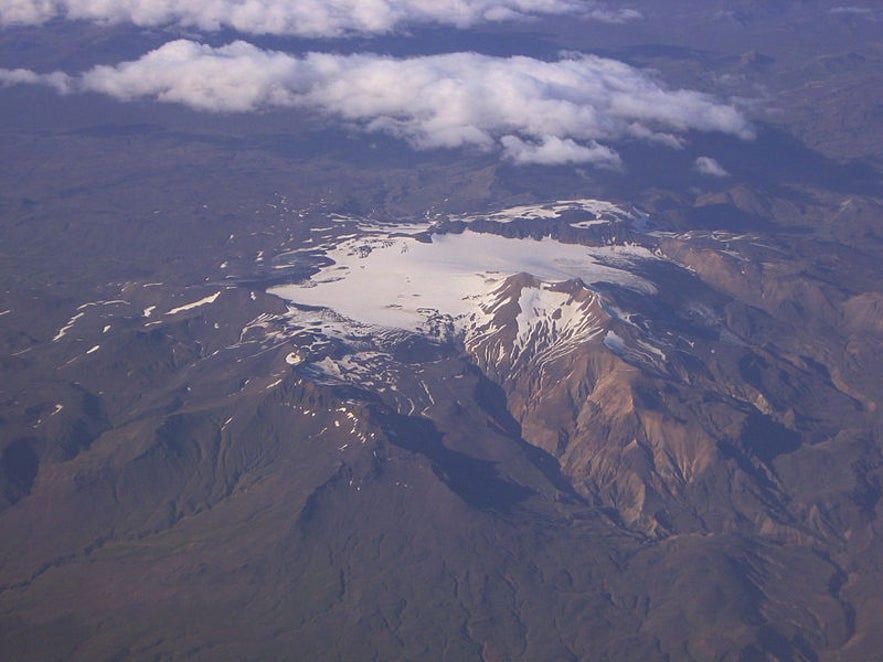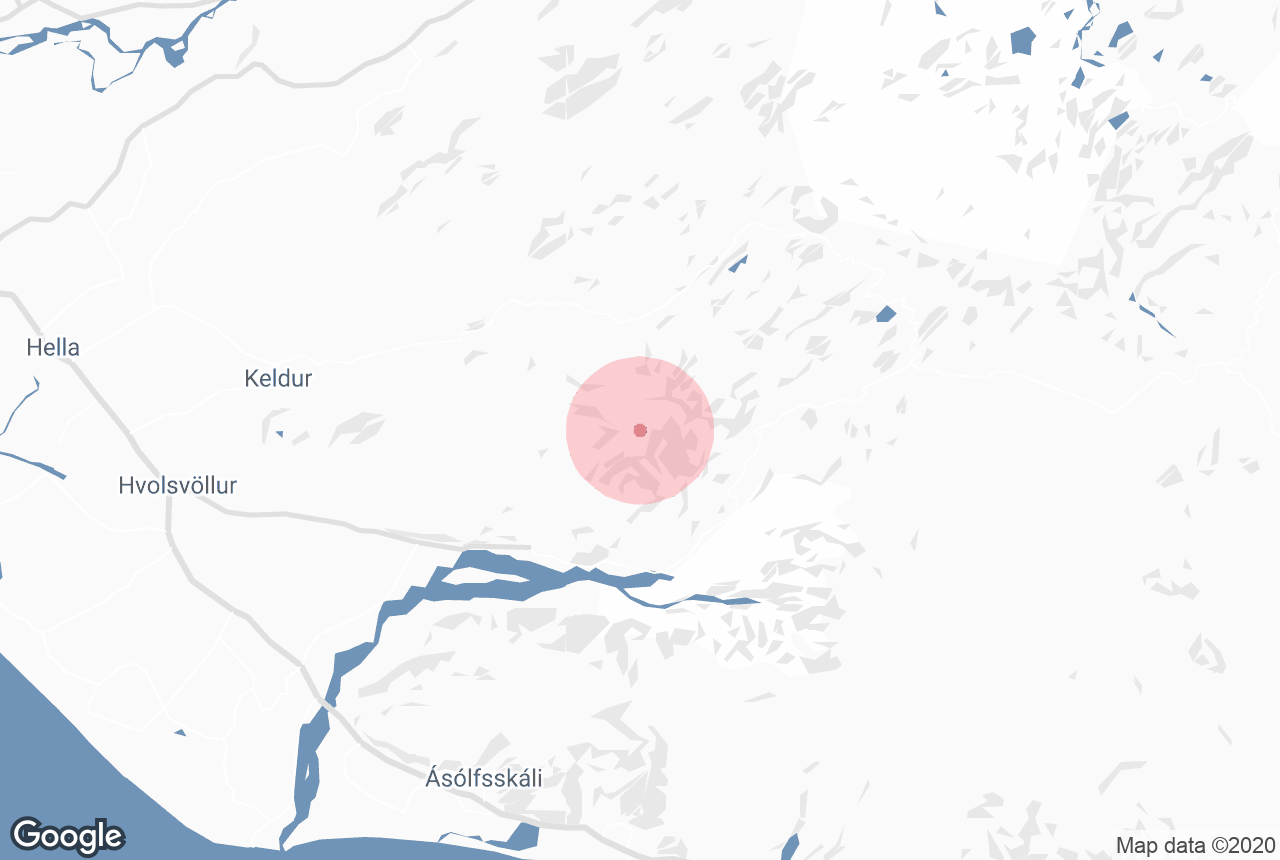
Tindfjallajökull is the smallest glacier in Iceland, covering an ancient stratovolcano. It can be found in the south of the country.
Learn more about the inherent power in Iceland on a lava cave tour.
Why You Can Trust Our Content
Guide to Iceland is the most trusted travel platform in Iceland, helping millions of visitors each year. All our content is written and reviewed by local experts who are deeply familiar with Iceland. You can count on us for accurate, up-to-date, and trustworthy travel advice.
Geography of Tindfjallajökull
Tindfjallajökull was formed in an eruption 54,000 years ago, which created a caldera five kilometres (three miles) wide. Since then, it has become covered in a small glacier with a surface area of 19 square kilometres (seven square miles). This is the smallest ice cap known in Iceland; to compare, the largest one in the country and Europe, Vatnajokull, covers a surface area of 8,100 square kilometres (3127 square miles).
It’s highest peak is 1,462 metres (4,797 feet).
Tindfjallajökull translates to ‘the peak mountain glacier’. This is in reference to the row of sharp peaked mountains, the Tindfjöll, that run to the south of the glacier.
Five rivers flow from Tindfjallajökull: the Gilsá, the Þórólfsá, the Hvítmaga, the Valá and the Blesá.
During its last eruption, the composition of the rocks ejected were basaltic to rhyolitic.
From the top of Tindfjallajökull, it is possible to see a range of well-known sites in Iceland. The most notable are the two glaciers of Eyjafjallajökull and Mýrdalsjökull, the Westman Islands in the Atlantic Ocean, the Icelandic Highlands and the beautiful valley of Þórsmörk.
Highest peak of Tindfjallajökull
 Wikimedia, Creative Commons, Photo by Martin Barth
Wikimedia, Creative Commons, Photo by Martin Barth
The highest peak of Tindfjallajökull is named after the giant Ymir of Old Norse Mythology. Born from venom at the beginning of time, Ymir is the ancestor of all mythical beings in Iceland.
According to the legend, Ymir was killed by three of the Old Norse Gods, Oðin, Vili and Vé. It is said that from his flesh they created the Earth; from his bones, they created mountains; his hair became the trees; his brains became the clouds; his skull became the heavens; and his brow became Miðgard, when humans would live.









